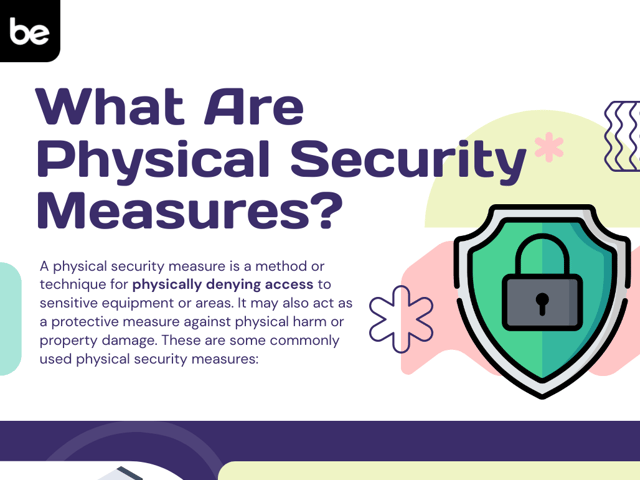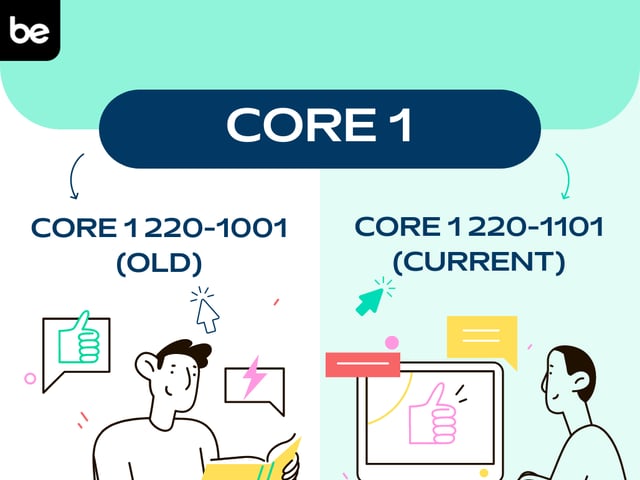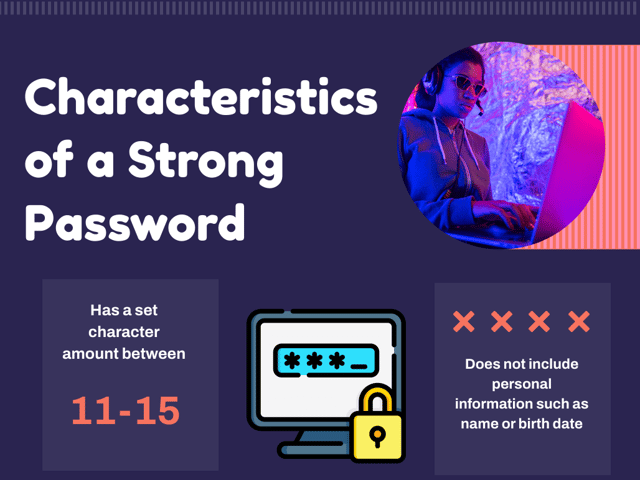
What Are Physical Security Measures?
A physical security measure is a method or technique for physically denying access to sensitive equipment or areas. It may also act as a protective measure against physical harm or property damage. These are some commonly used physical security measures:
Mantrap
A mantrap is an access control method that places a confined space between two locking doors. When access is granted to the first door, the second door remains locked. Once the first door closes, the second door can then be opened with proper authentication.
Badge reader
A badge reader is a physical device that reads information off of a plastic card that contains identification technology. This technology can be barcodes, RFID, or NFC, and is designed to allow access by comparing the information on the chip to a predefined database.
Smart card
A smart card is a metal or plastic card which contains an integrated chip that contains encrypted information. The chip is activated by a reader which then communicates with the chip for access.
Security guard
A security guard is a physical human who performs duties pertaining to the security of a place, area, or access. A security guard can monitor video for suspicious activity, check IDs for access rights, and respond to potential security threats.
Door lock
A door lock is a physical device that is accessible through the use of a key, whether digital or physical. A door lock prevents entrance to sensitive areas.
Biometric locks
A biometric lock is designed to read the unique physical characteristics of an individual for access. Physical aspects may include fingerprints, facial recognition, iris scan, retina scan, voice recognition, or even DNA.
Hardware tokens
Hardware tokens are portable physical devices that contain a small amount of information to provide authentication codes that, when combined with the authentication mechanism, provide access.
Cable lock
A cable lock is a physical cord that can be attached to a device, such as a laptop, and attached to a secure location to deter physical theft.
Server lock
A server lock is a physical device that can be connected to a server to cover the access ports on the server. It requires a key, physical or digital, to remove for access to the server.
USB lock
A USB lock is a small physical device that can be inserted into a USB port to block access to the port. A special key is used to release the device for port access.
Privacy screen
A privacy screen is a screen cover that prevents viewing from angles other than directly in front of the screen. This reduces the ability of shoulder surfers to see the content of the screen.
Key fob
A key is a hardware token that often contains an internal clock that is synced with the authenticating device. These codes are randomly generated at set intervals to provide time-sensitive authentication.
Entry control roster
An entry control roster is a list of all entries and exits from a location or area.
It is important to note that multiple physical security measures should be used in conjunction with each other to achieve the highest level of security. Physical security should also be combined with cyber security practices for a layered security approach. For more information on physical security measures or other content you may find on the CompTIA A+ exam, check our practice tests, study guides, and flashcards for the CompTIA A+.
Keep Reading

Computing Technology Industry Association A+ Core Series Exam Blog
What’s in the 2022 CompTIA A+ Core Series Exam Revision?
Every three years, the CompTIA exam is revised. This is not surprising …

Computing Technology Industry Association A+ Core Series Exam Blog
Is the CompTIA A+ Worth It?
While other industries are scrambling to stay afloat in today’s tumultu…

Computing Technology Industry Association A+ Core Series Exam Blog
How to Design an Effective Password Policy
A password policy is a set of rules that are placed on password creatio…